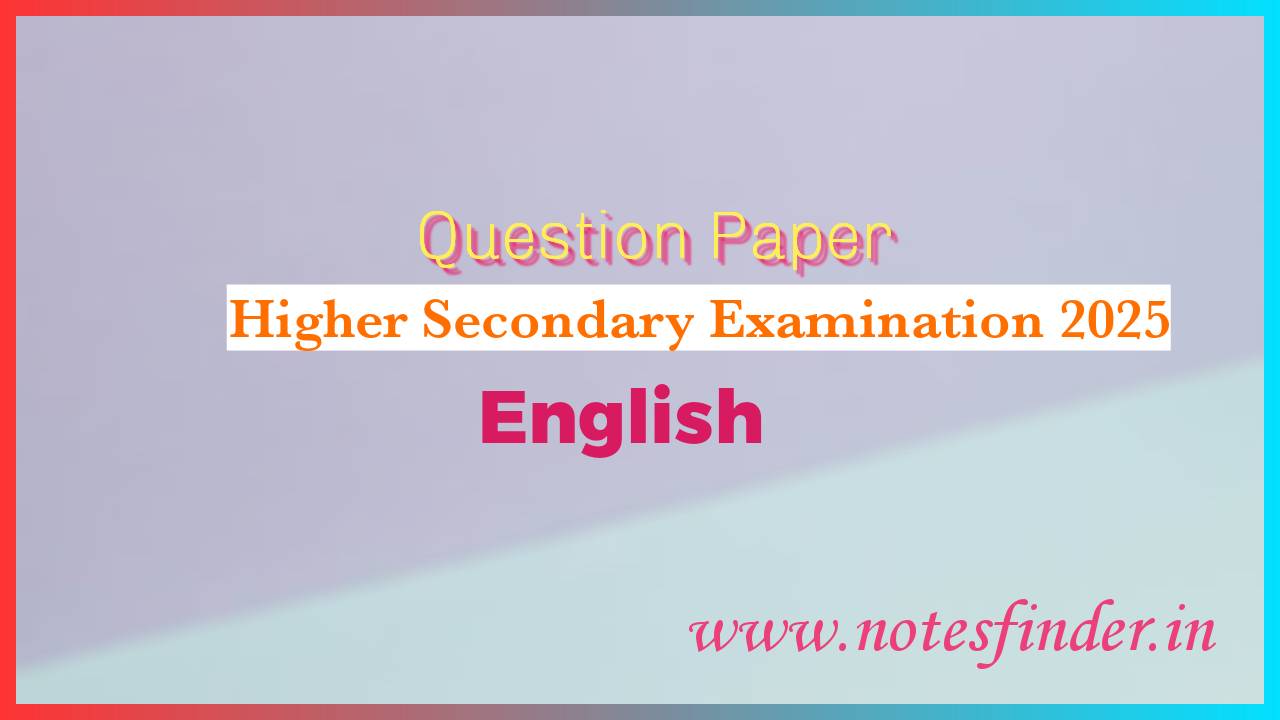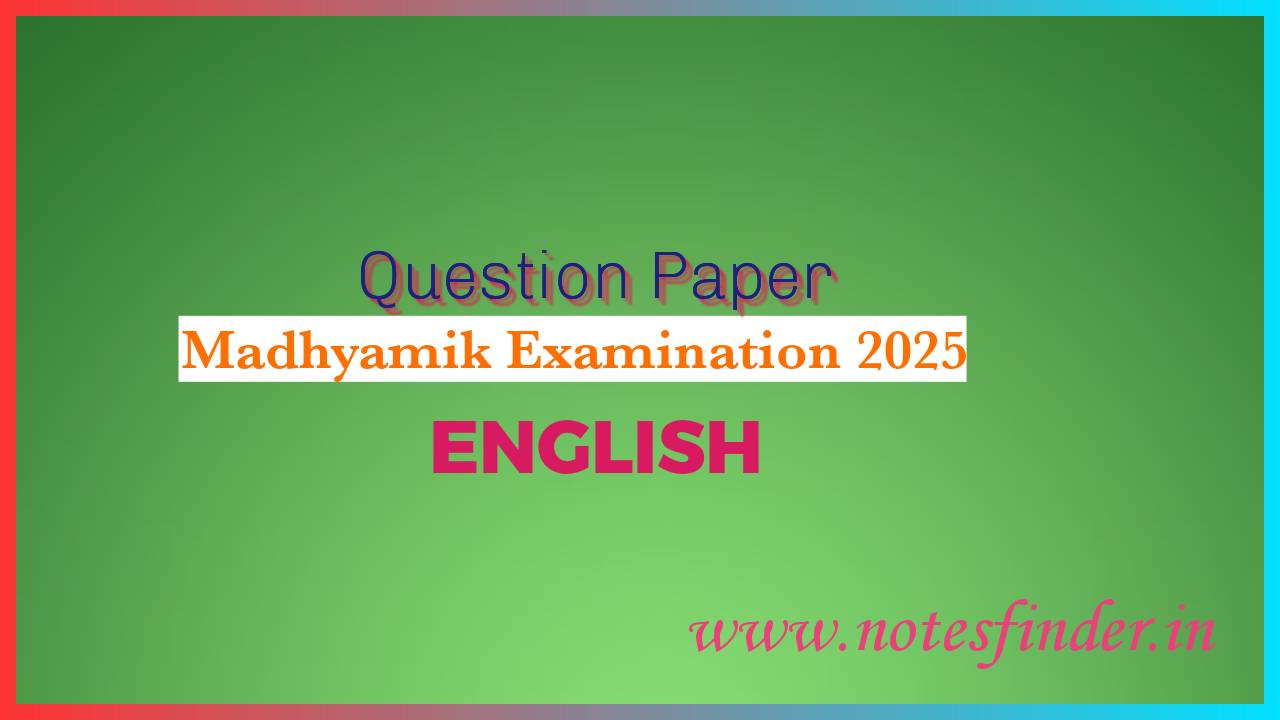Lesson 1: Nepal, The Land of Everest
B. The passage has six paragraphs (a-f). Choose the most suitable headings for paragraphs (a-f) from the list of headings below. There are more headings in the box than the paragraphs, so you will not use all of them.
Ans: 1. Climate that varies from place to place (b)
2. a land of religious coexistence (d)
3. A land of high peaks and Everest (a)
4. A small country with a huge population
5. A blend of natural beauty and cultural heritage (e)
6. The temples of Nepal
7. Many occasions to celebrate (f)
8. A rich spot of cultural heritage
9. A small population with huge diversity(c)
(C) For each phrase below choose the meaning that is closest to the meaning used in the passage.
(1) Tropical lowland – Ans: (a) an area of land having humid climate.
(2) Temperate climate – Ans: (a) A moderate climate. (3) Ethnic groups – Ans: (c) Groups having distinct racial and cultural features.
(4) Pilgrimage destination – Ans: (a) A sacred place where people travel to perform religious acts.
(5) Elegant architecture – Ans: (c) Buildings of historical importance.
(D) Answer the following questions:
(1) How many ethnic groups are there in Nepal?
Ans: In Nepal there are 103 ethnic groups.
(2) What do you know about the weather of Nepal?
Ans: The weather of Nepal different place to place. It has hot summer and warm winters and monsoon rains drench from June to September. In Nepal the temperatures reach up to 400c in April and May.
(3) “May Nepalese combine Hindu and Buddhist practices” – explain this statement with examples from the passage.
Ans: In this statement many Nepalese either Hindu or Buddhist perform the religious activities of the two religions at the same time. For example many temples and shrines are shared between the two faiths, and some deities are worshipped by both Hindus and Buddhists.
(4) Which three cities of Nepal will you visit in order to see the rich samples of Nepal’s cultural heritage sites of Nepal?
Ans: To see the rich samples of Nepali cultural heritage sites I will visit Kathmandu, Patan and Bhaktapur.
(5) Make a list of the festivals that are celebrated in Nepal.
Ans: Dasain or dusherra is celebrated nation wide in October. Other festivals are Tihar, Holi and Chaitra Daisan, Haribodhini Ekadashi, Maha Sivaratri and Krishna Jayanti, Mani Rimd, Buddha Jayanti and Losar.
(6) Give at least three reasons why you might be interested to visit Nepal. Also make a list of the places you would love to visit in Nepal.
Ans: I might be interested to visit Nepal because I would be unable to see the scenic beauty of the Himalayas and could see the temples and come to know about the cultural heritage of Nepal. The three places I would
(E) Now discuss if the following statements are true/false. Give the correct information if a statement is false.
(a) The package includes the cost of travelling from Kathmandu airport to the hotel in Kathmandu.
Ans: True.
(b) The tourist will be provided with breakfast, to lunch and dinner.
Ans: False – The tourists will be provided with breakfast and lunch.
(c) The tourists do not have to pay extra for a half-day sightseeing in Pokhra.
Ans: True.
(d) The tour operators will bear all visa related costs.
Ans: False. The tour operators will bear return air ticket with Bangladesh airport, taxes and Kathmandu departure taxes.
(e) The tour will go to Pokhra from Kathmandu departure flights.
Ans: False . The tourist will go to Pokhra from Kathmandu by AC bus.
F. Imagine that you have chosen the package tour shown in E to visit Kathmandu and Pokhara. Now, write a letter to your friend highlighting the main attractions offered by the package. In your letter you should cover the following points
Duration of travel
Means of transports used:
1) Dhaka-Kathmandu-Dhaka 2)Kathmandu-Pokhara-Kahtmandu
Accommodation facilities
Breakfast, lunch and dinner
Total cost of the package
Any other cost that is not covered by the package offer
Ans:👇
Dear [Friend’s Name],
I’m thrilled to share the details of the Kathmandu and Pokhara package tour I’ve chosen. The trip lasts [number of days]. We’ll fly from Dhaka to Kathmandu and back, with local transportation arranged once we’re there. Accommodation is provided in comfortable hotels in both cities, and we’ll enjoy delicious breakfast, lunch, and dinner throughout our journey. The estimated total cost is [total cost], covering flights, accommodation, meals, and local transportation. However, personal expenses and additional activities are not included. I can’t wait to explore the rich culture and stunning landscapes of Nepal with you. Get ready for an unforgettable adventure!
Yours excitedly,
[Your Name]
Lesson 2: Sri Lanka: The Pearl of the Indian Ocean
C. From your reading of the above text complete the table with no more than two words and/or numbers.
| People | Economy | Natural beauty |
| There are in Sri Lanka four main ethnic groups. They are Sinhalese, Sri Lankan. Tamils, Indian Tamils and Sri Lankan Moors who are also known as Muslims. The earliest residents of Sri Lanka are known as the Veddhas. | Agriculture is a traditional form of economic activities in Sri Lanka. The country exports many crops and spices. Sri Lanka tops the world in tea export. The spice cinnamon was found that first in Sri Lanka. | Sri Lanka is blessed with awesome natural beauty. There are blue seas, sandy beaches, green hills, and flowing waterfalls. The country has a very rich wild life. A wide variety of fruits and flowers are also available there. Traveller can enjoy the endless ocean view sitting by the palm shaded lagoons. |
(D) The passage in B has six paragraphs (a-f), choose the most suitable heading for paragraphs (a-f) from the list of heading below. List of headings Paragraphs
(a) – A beautiful island with natural richness.
(b) – Geographical features
(c) – A rich multicultural setting
(d) A traditional economy
(e) A melting pot of the past civilizations
(f) Tourist attractions and leisure activities.
Now discuss the following questions in pairs.
1 Which of the following tourist places do you like to visit? Places with beaches/ Places of historical importance /Places that preserve wildlife. Explain why you like such place(s)?
Ans: I like to visit all the places of beaches, historical importance and reserve forests that gives protection to wildlife. The reasons are discussed below-
- Places with beaches: The serene and picturesque coastal landscapes offer relaxation and a chance to unwind. The soothing sound of waves, soft sand, and warm sunshine create a tranquil atmosphere. Beaches also provide opportunities for various activities like swimming, sunbathing, surfing, snorkelling, and beach sports. They are perfect for family vacations, romantic getaways, and water-based adventures.
- Places of historical importance: They offer insights into the rich cultural heritage and past civilizations of a region. Exploring ancient ruins, palaces, temples, and monuments can be a fascinating journey through time. Historical sites often have architectural marvels, intricate artwork, and captivating stories associated with them. They provide a deeper understanding of a country’s history, traditions, and the evolution of its people.
- Places that preserve wildlife: National parks, wildlife reserves, and sanctuaries offer opportunities to observe and appreciate diverse flora and fauna in their natural habitats. Exploring these areas can involve activities like wildlife safaris, birdwatching, trekking, and nature walks. Such places contribute to conservation efforts, raise awareness about endangered species, and provide educational experiences. They allow us to connect with nature, appreciate its beauty, and understand the importance of environmental conservation.
F. Write a paragraph on some of the interesting places to visit in Sri Lanka. Use your own words and the information given in section E.
Sri Lanka is a country filled with fascinating places to explore, each offering its own unique charm and attractions. One such place is Anuradhapura, an ancient capital that showcases the rich history of Sri Lanka. Nestled amidst monasteries, this city covers a vast area, spanning over sixteen square miles. It holds great significance in Hindu legend as the capital of King Ravana.
For nature enthusiasts and birdwatchers, Bundala National Park is a must-visit destination. Located in Sri Lanka, this park is renowned for its diverse avian population and is a paradise for bird lovers. Additionally, the park is home to a variety of wildlife, including elephants, crocodiles, turtles, and leopards.
Hikkaduwa, a charming coastal town, is famous for its stunning coral reef and sandy beaches. It attracts tourists from all over the world, offering an array of activities such as surfing, snorkeling, and sunbathing. With its pristine shoreline and vibrant marine life, Hikkaduwa provides a perfect setting for beach enthusiasts.
Another intriguing place to explore is Dambulla, known for its remarkable cave temple complex. This complex is the largest and most impressive in Sri Lanka, showcasing intricate carvings and ancient Buddhist art. Dambulla is also home to the Rangiri Dambulla International Stadium, constructed in an astonishing 167 days. Moreover, the city boasts the largest rose quartz mountain range in South Asia and an enchanting ironwood forest.
Lesson 3: The Maldives
(c) Ask and answer the questions
(1) What is an atoll?
Ans: An atoll is a ring shaped coral or a string of closely spaced coral islands.
(2) How many countries in the world are smaller than the Maldives in size?
Ans: There are seven countries in the world which are smaller than the Maldives in size.
(3) When was Islam introduced in the Maldives?
Ans: Islam was introduced in the Maldives in the mid 12th country AD.
(4) What makes the Maldives an ideal place for the tourist ?
Ans: The enjoyable weather, heavenly beaches and lagoons, luxurious etc have made the Maldives an ideal place for the tourists.
(5) What dangers of climate change might affect the Maldives?
Ans: The dangers of climate change might affect the Maldives in various ways, like rising the water level in the Indian Ocean which might sweep away this country. Many of the island’s dry parts were flooded by water during the Tsunami of 2004.
(6) Do you support the idea of having a Cabinet meeting underwater? What could be the reason for holding such a strange meeting.
Ans: Yes, I support the idea of having a cabinet meeting underwater. The purpose behind holding such an unconventional meeting is to raise mass awareness about the potential threats that could impact the Maldives.
(D) Complete the table with no more than two words and or numbers.
| Time | Facts |
| 4th and 5th centuries BC | The early inhabitants of the Maldives arrived and settled from Southern India and Sri Lanka. |
| 12th Century | The sailors from African and Arab countries started to settle in the islands. Buddhism was replaced by Islam. |
| 1344 | A famous scholar and historian named IBN Batuta visited the islands of the Maldives. |
| 16th Century | The Portuguese occupied the Maldives and became the ruler of the country for 15 years. |
| 1887 | Beginning of the British colonial era. |
| 1965 | Maldives became independent from the British rule |
| 1968 | End of Islamic sultanate and the birth of the republic of Maldives |
(E) Say if the statements are true or false. Give the correct information in case of a false statement.
(1) Only seven countries in the world are smaller in size than the Maldives.
Ans: True.
(2) No other south Asian century has a population smaller than the Maldives.
Ans: True.
(3) The islands of the Maldives were inhabited in the 12th century.
Ans: False – People began to be here from the 4th and 5th centuries BC.
(4) The Maldives was an independent Islamic sultanate from 1153 to 1968.
Ans: False – From 1887 to 1965, it was British colony.
(5) The Maldives was ranked as the second best country for natural beauty in 2008.
Ans: False – The Maldives was ranked as the best country for beautiful teaches and facilities for recreation in 2008.
Lesson 4: India: Unity in Diversity
(B) Discuss the following questions in pairs:
(1) What do you know about the population and geographical area of India?
Ans: The population of India is 1.5 billion. It is the seventh largest country in the world with an area of 3, 287,590 Square kilo meters.
(2) When did Buddhism spread in India?
Ans: Buddhism spread in India in the fifth century during the time of Ashoka.
(3) What happened to India during the Mughal Empire?
Ans: India achieved a large measure of political unity during the Mughal Empire.
(4) What are some of the tourist attractions in India?
Ans: India is a tourist’s delight. The Taj Mahal, Fatehpur Sikri, the Qutub Minar and the Red Fort are some of the tourist attractions in India. There are also many other tourist attractions like Kashmir, the Nilgiri mountains, hill stations like Ooty and Darjeeling and the temples of South India, Ajanta and Ellora caves etc.
(c) Complete the flow chart below to show the history of India. Use word to fill in each gap.
Indus Valley civilization and the coming of the Aryans
8th century Islam came to India for the first time.
1206: Establishment of the Delhi sultanate by Qutbuddin Ay beck
15th century: the unification of India under Ashoka and spread of Buddhism.
1526: Beginning of the Mughal dynasty
1774: Warren Hastings was appointed the first Governor General of India by the East India Company.
In 1876 queen Victoria was given the title ‘Empress of India’, by the British parliament
1947: India achieved its independence
Lesson 5: Bhutan: The Land of Happiness
(B) Choose the most suitable answer for each of the questions below:
(1) A unique culture and tradition has evolved in Bhutan because – Ans: (b) It is cut off from the other parts of the world.
(2) Bhutanese, houses are built from – Ans: (c) Mud and stone with wooden roof.
(3) Which of the following activities in mentioned as a way of celebrating Losar. Ans: (a) Cooking special dishes and wearing new clothes.
(4) According to Bhutan’s constitutional obligations Ans: (a) 60% of the country must remain under forest cover.
(5) The progress of Bhutan as a nation is measured by – Ans: (b) Gross national happiness.



